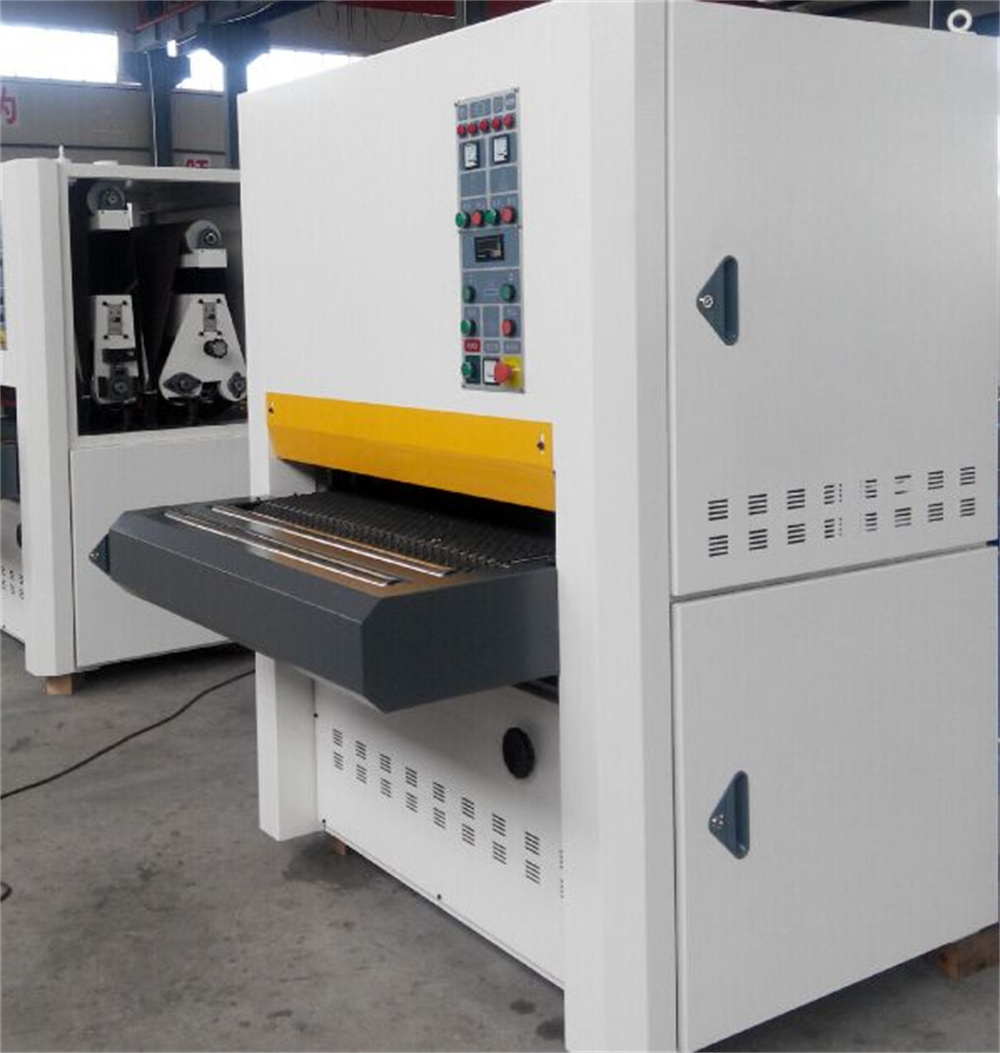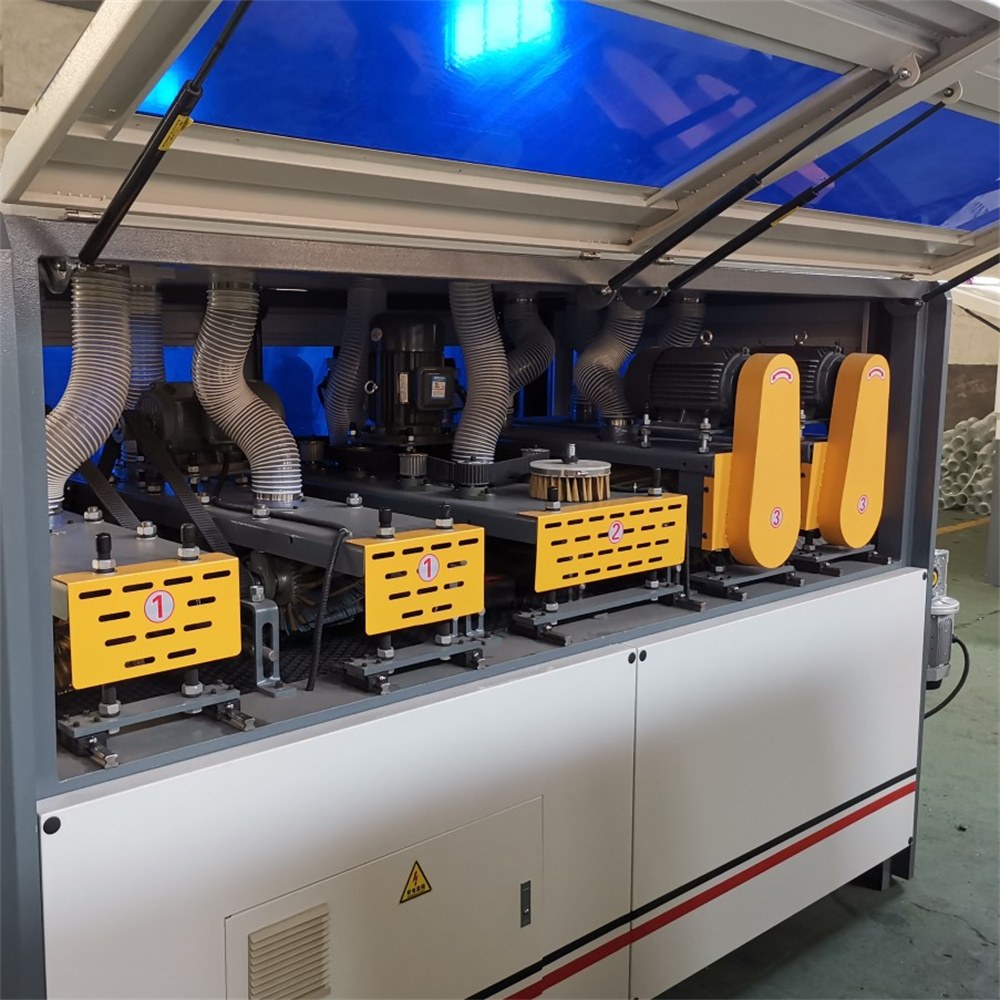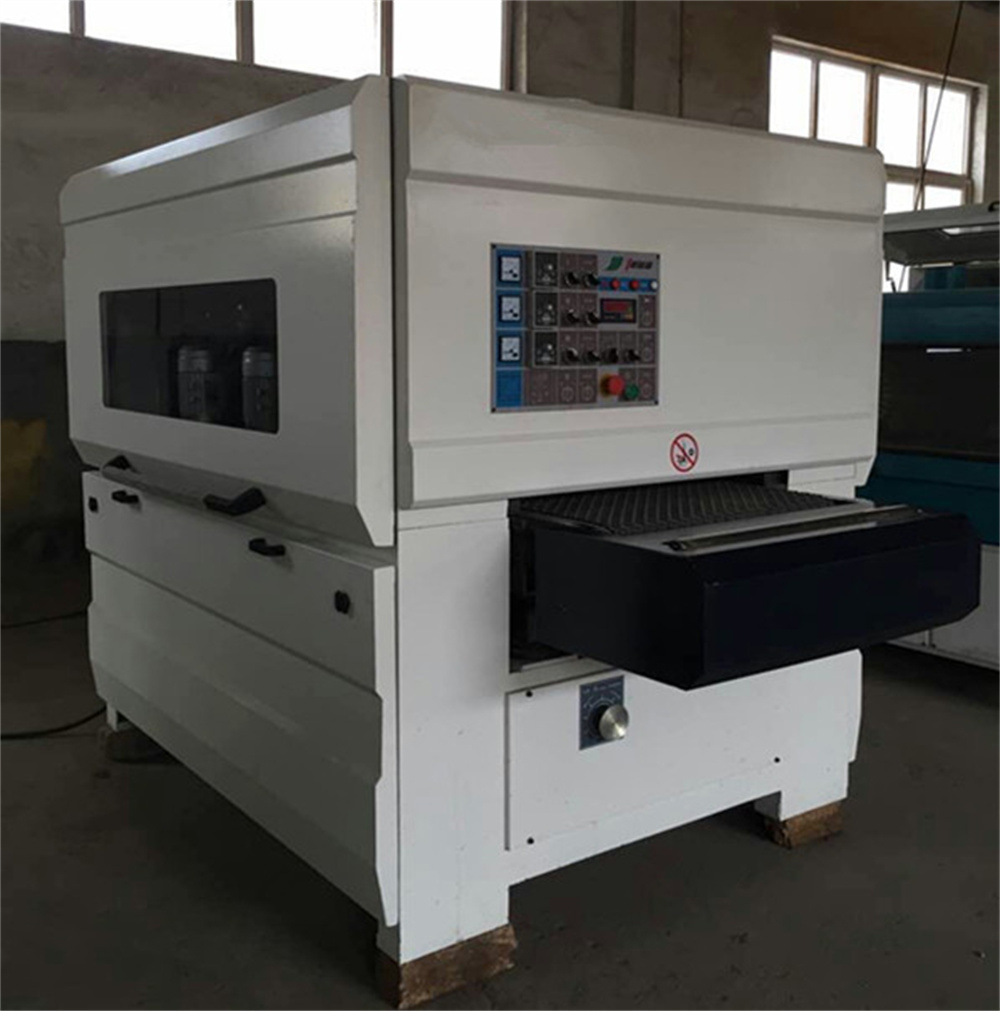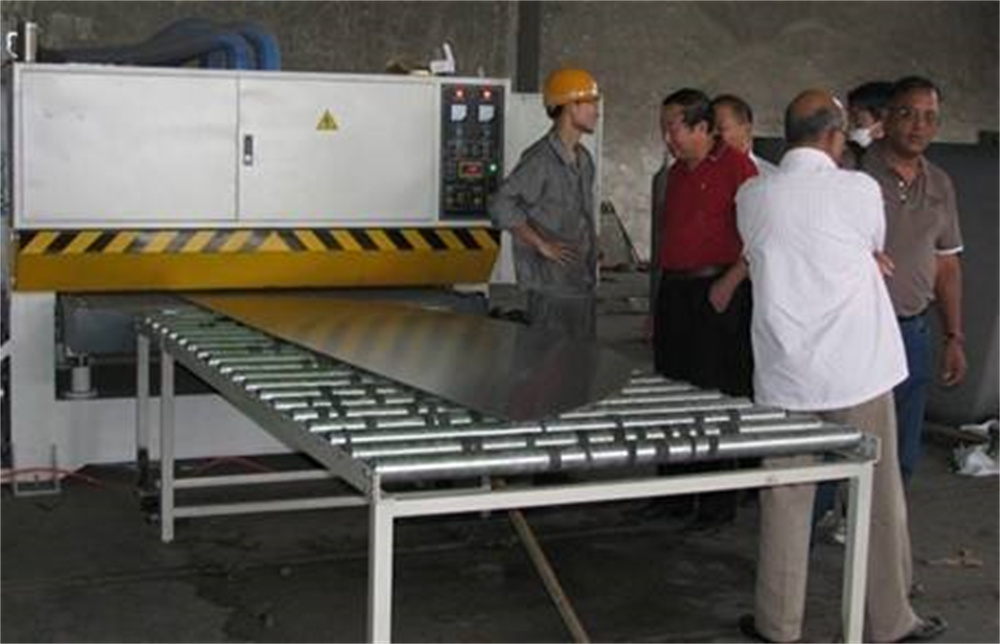The US "Wall Street Journal" reported on December 11 that China's steel production accounts for nearly half of global production. Steel production is the vane of industrial demand and affects international iron ore prices, the latter being the raw material for steel production. China's National Bureau of Statistics announced on the 10th that China's steel output in November was 60.9 million tons, down 6.5% from October, the lowest monthly output since December 2012.
Data supplier Steel Index analysts said that part of the decline in production was due to the slowdown in winter construction and other project construction activities, resulting in reduced steel demand.
According to the report, Chinese steel companies are also facing other challenges. Chinese leaders want to shift the pattern of economic growth from investment-driven to domestic demand and local innovation. The infrastructure construction projects brought by investment can stimulate the demand of heavy industries such as steel companies.
The Chinese government announced in November a new policy to reduce steel production capacity, including extending the deadline for the suspension of steel projects. The China Iron and Steel Association announced on the 9th that some steel mills have stopped production as some regions implement strict environmental protection policies.
The relevant departments also set about shutting down some steel companies and dismantled a steel production facility in northern Hebei Province in November. For the purpose of controlling pollution, the government has been working to reduce steel production capacity.
Lin Shuyi, head of Fitch Ratings in Singapore, said that as China's economy shifts from investment-led to consumption-driven, long-term demand for metals is expected to slow.
But some observers say that the current shift in economic strategy will not have a major impact on steelmakers.
Commodity prices and information provider Platts Energy said that the shut down Hebei steel mill has an annual production capacity of less than 7 million tons, while the country's annual production capacity is estimated at 1 billion tons. Platts said that efforts to curb overcapacity in the steel industry are unlikely to make any progress in 2014.
Despite the decline in production in November, China's steel output this year is still expected to exceed the output of 716.5 million tons last year, creating a record annual production. China's steel production in the first 11 months of this year reached 713 million tons, due to higher production in the third quarter.
The report believes that China continues to rely on stimulating infrastructure investment to promote economic growth, which supports the demand for steel and iron ore.
China imported 77.8 million tons of iron ore in November, mostly from Brazil and Australia, with a monthly record of imports. This boosted iron ore prices rebounded from the decline earlier this year. Steel mills usually hoard iron ore at the end of the year because of the decline in domestic mine production due to cold weather.
In the summer, the Chinese government introduced a policy to facilitate the company's import of iron ore. China Iron and Steel Association said on the 9th that after the new policy came into effect in July, another 68 importers obtained iron ore import qualifications, and only 118 importers had the qualification.
According to the report, there is no doubt that lowering the dependence on heavy industry may lead to a slowdown in China's overall economic growth (which will have a major impact on steel and iron ore), but it will take time.
Polishing Machine
The abrasive polishing uses abrasive cloth strips, sisal and abrasive rolls as abrasives to sharpen the edge of the workpiece, the surface burrs and the edge of the workpiece after painting; the function is complete, the processing range is wide, mainly used for the door plate and the bottom plate. Paint polishing, including solid wood doors, composite doors, sticker doors, cabinet doors, wardrobe doors, and other door panels, such as PU, paint panels, primer panels, polishing of white workpieces can be used. It can replace the polishing worker to complete the work efficiently.
Main Features
Specification & installation
machine configuration
4 discs, 2 straight rollers, steel plated countertops, plain gauze strips (6 lanes)
Grinding roller support material
New anti-static sisal silk
Abrasive cloth strip: ordinary sand cloth strip (single side)
motor
Pure copper core GB motor
Electrical configuration
Qingdao Hailing Modular Machine Inverter, Chint Contactor, Chint Relay, Delixi Transformer,
Delixi phase sequence protector, LED lighting
We distributes and wholesales various brands of Bonded Abrasives , Abrasive Sanding Disc, Grinding Wheels , Flap Wheels , Flap Disc Backing Pad, Flap Disc Adhesive, and Surface Conditioning Product etc, and enjoy a high position among consumers.




machine for wood industry,stainless steel plate polishing machine,Stainless Steel Polishing Machines,Automatic Wood Polishing Machine,automatic wood polisher
Zhengzhou Jiading Abrasive Manufacturing Co.,Ltd , https://www.abrasive-jd.com